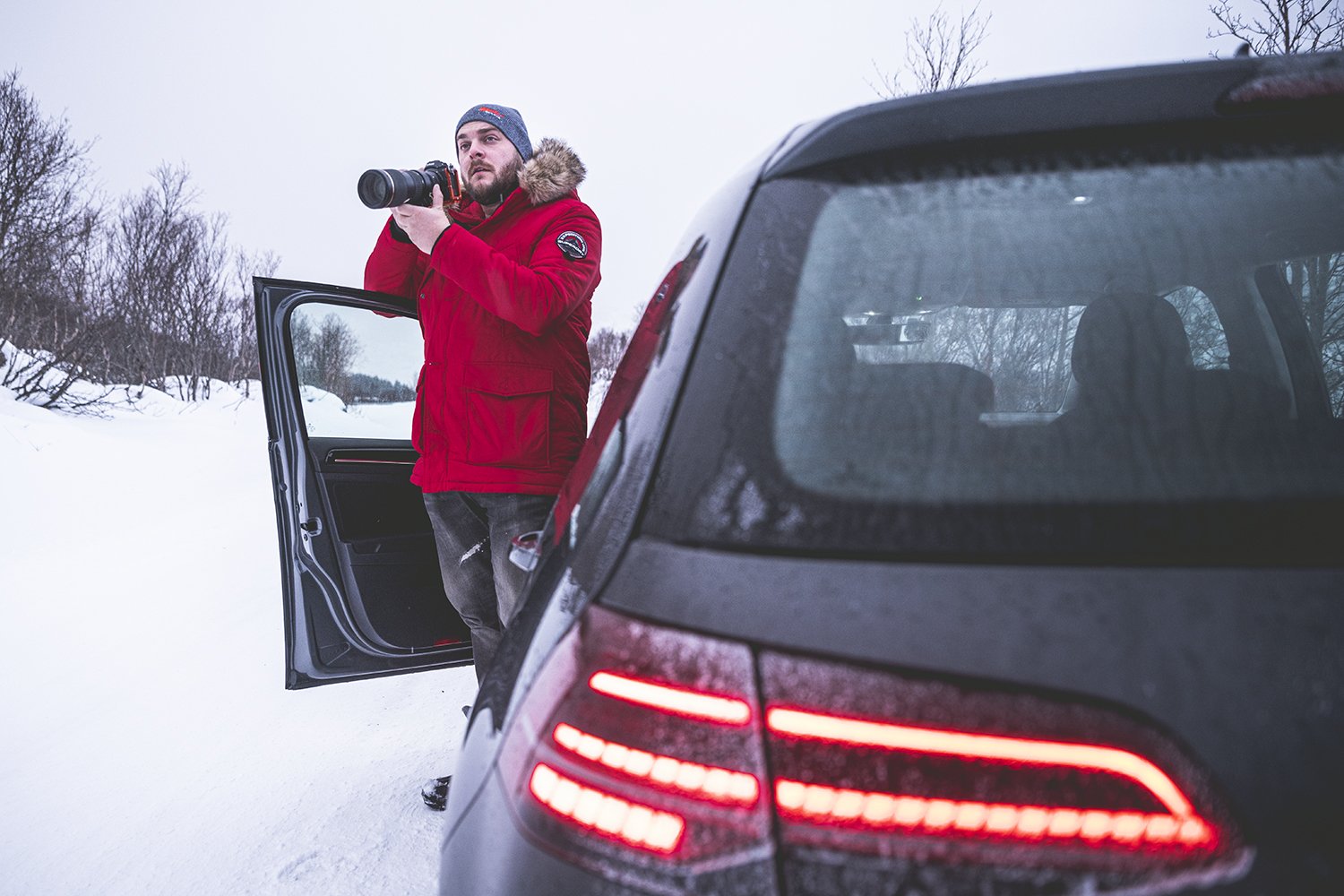Solo Travel in Winter: 5 Tips for Staying Safe
For lone travellers, winter in Norway, Iceland, Finland, and Sweden is a stunning but dangerous season. Extreme temperatures, ice roads, and snowy surroundings may all seriously jeopardise your safety. These are five suggestions for winter solo travel safety in six nations above the Arctic Circle based on my years of experience doing exactly this.
1 - Be prepared for the weather.
These nations' severe winters necessitate the use of suitable apparel and equipment to remain warm and safe. Put on many layers of clothing, such as thermal pants, a warm jacket, insulated gloves, and water-resistant boots. For further defence against windburn and frostbite, use a scarf and cap.
2 - Take extra care when driving.
Driving may be dangerous on icy and snowy roads, especially if you're in a remote place where assistance might not be accessible right away. Check the weather and road conditions before beginning a solo journey, and make sure your car is appropriately outfitted with winter tyres, chains, and emergency supplies. If you don't feel safe driving in these conditions, think about taking the bus or hiring a local guide.
3 - Follow the paths and roads that are marked.
Hazards might be hidden by snow and ice, and it can be simple to become lost. To prevent becoming trapped in off-the-beaten-path locations, stick to authorised paths and roads. While they are put in place for your protection, warning signs and closures must also be respected.
4 - Keep yourself updated about the weather
Unexpected changes in the weather throughout the winter might be hazardous for lone travellers. Keep up with weather predictions and be ready to change your plans if needed. If snowfall or strong wind is expected, think about postponing your journey or finding refuge until the weather clears.
5 - Be ready to act in an emergency
Because of the unpredictability of the winter in these nations, emergency preparedness is crucial. In case of power disruptions, keep a fully charged phone and a power bank with you. Bring a supply of warm clothing, food, and drink in case of an emergency. Informing someone of your trip and anticipated return time is also a smart idea, even if that person is the receptionist at your hotel. Consider renting a local WiFi router or an emergency beacon if you're heading to a distant location.
Despite the challenges, traveling solo in Norway, Iceland, Finland, and Sweden above the Arctic Circle during winter can be an incredibly rewarding and unique experience. The stunning landscapes, vibrant culture, and thrilling activities make it a destination like no other. By following these tips, you can stay safe and enjoy all that the Arctic has to offer.
So, don't let the extreme weather deter you from embarking on an adventure of a lifetime. Plan your trip, pack your warmest gear, and set out to explore the beauty and wonder of the Arctic. Who knows, it may just be the trip of a lifetime that you never forget.
Much love
Dave



